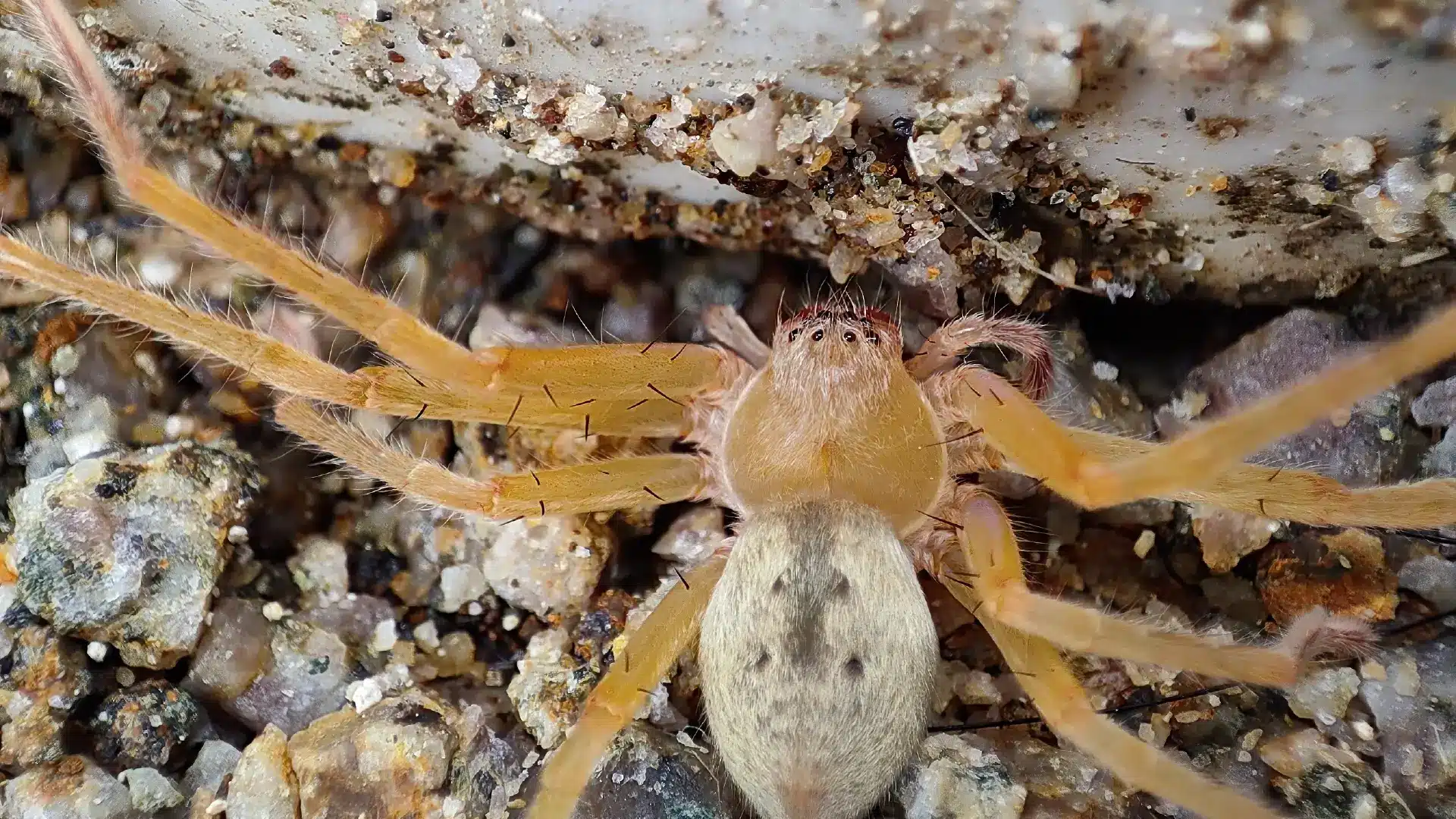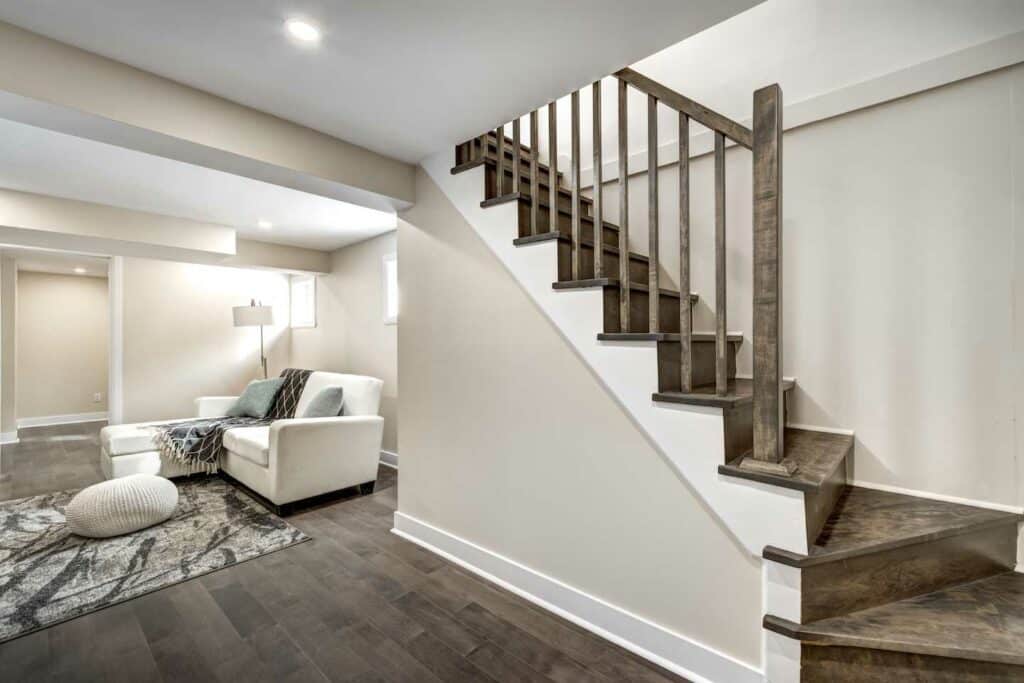
When thinking about spiders and their intricate webs, brown recluse spiders often come to mind. But do these elusive creatures create the webs we commonly associate with spiders? This article will explore the reality behind brown recluse spider webs, detail the signs of an infestation, and provide practical advice on how to handle these potentially dangerous situations.
Contrary to popular belief, brown recluse spiders do not build webs to trap prey. While many spiders spin webs to catch insects, brown recluse spiders use their silk differently. They construct what are known as “retreats”—irregular, flat webs made up of disorderly silk strands. These are not designed to capture insects but to provide a sanctuary where the spiders can hide during the day. Typically, these retreats are found in seldom-disturbed areas of a home, such as in piles of clothes, boxes, and behind furniture.
Top Signs of Brown Recluse Infestations
Identifying the presence of brown recluse spiders in your home can be challenging due to their secretive nature. Recognizing the signs of an infestation is essential for effectively managing the risk.
Here are the critical indicators that recluse spiders may be residing in your home:
- Sightings of the spider: One of the most definitive signs is seeing the spiders themselves. Brown Recluse spiders are unique in appearance, with a distinctive violin-shaped marking on their dorsum. This marking is often darker than the rest of their light to medium brown body. Although they are naturally reclusive, you might spot them when they venture out at night.
- Finding retreats: Unlike the typical spider web, brown recluse spiders create retreats. These serve as a hiding place for the spiders. You might find these webs in undisturbed, dark places or in garages and basements. Boxes, piles of papers, and other rarely moved items can also harbor these retreats.
- Spider bites: Brown recluse spider bites are rare but can occur, particularly if the spiders feel threatened. These bites can be serious and require medical attention, as they can cause necrosis—where the skin around the bite begins to die.
- Secondary signs: Additional signs include shed skins from growing spiders, which are typically found near their retreats. Increased sightings of other insects, which are prey for spiders, can also indirectly indicate the presence of spiders in general, including recluses.
What to Do About a Brown Recluse Spider Infestation
Do Brown Recluse Spiders Build Webs?

If you suspect a brown recluse spider infestation, it’s essential to proceed with caution. Here are steps to manage the situation:
- Avoid disturbing their hiding places: Disturbing these areas can provoke bites.
- Clean and declutter: Reduce clutter to eliminate their preferred habitats.
- Use sticky traps: These can help monitor and reduce the spider population.
- Consult professionals: For ongoing infestations, professional brown recluse spider control services are recommended.
How Recluse Spider Control Services Can Help
Handling a recluse spider infestation can be daunting, and possibly dangerous. Professional pest control services offer an effective approach to eliminating these pests and help avoid unnecessary risk.
Experts will assess the infestation, implement strategies to reduce the spider population, and suggest preventive measures to keep them from returning. Using professional services ensures the problem is addressed thoroughly, protecting your home and health from these elusive spiders.
Brown recluse spiders can be a serious concern. By understanding their behavior, recognizing the signs of an infestation, and taking appropriate action, you can keep your home clear of these troublesome spiders.
For expert help with recluse spiders or other pest concerns in your home, contact our team at Aptive Environmental.








